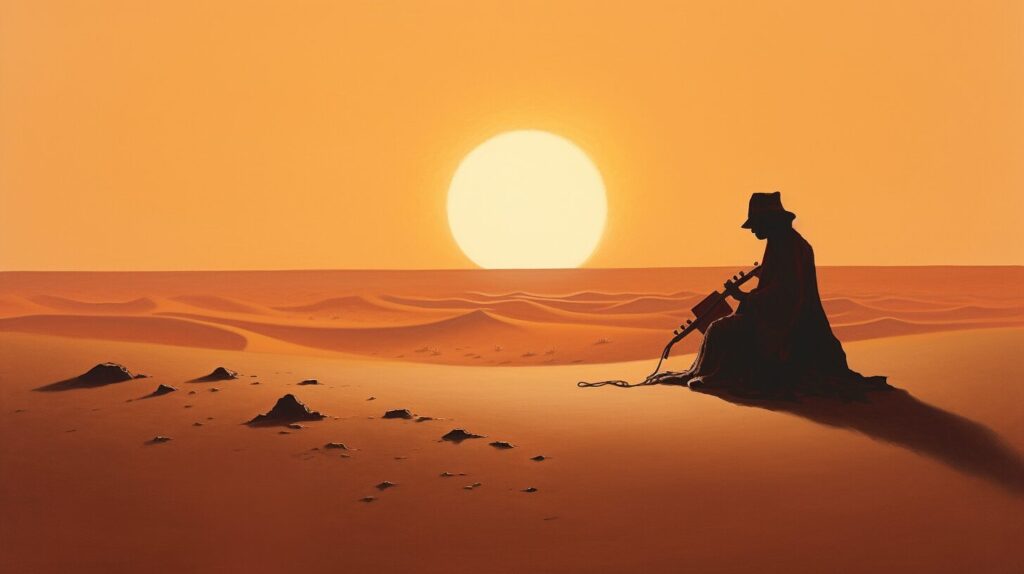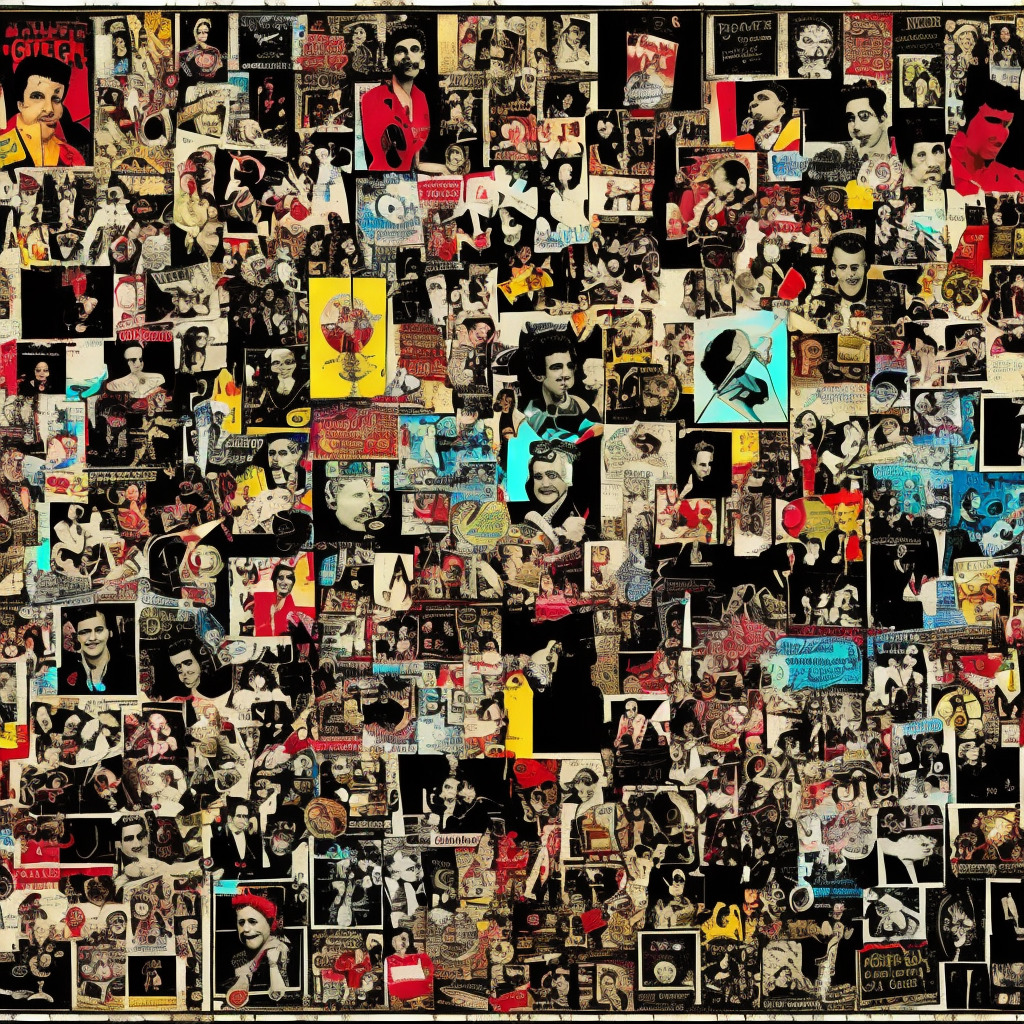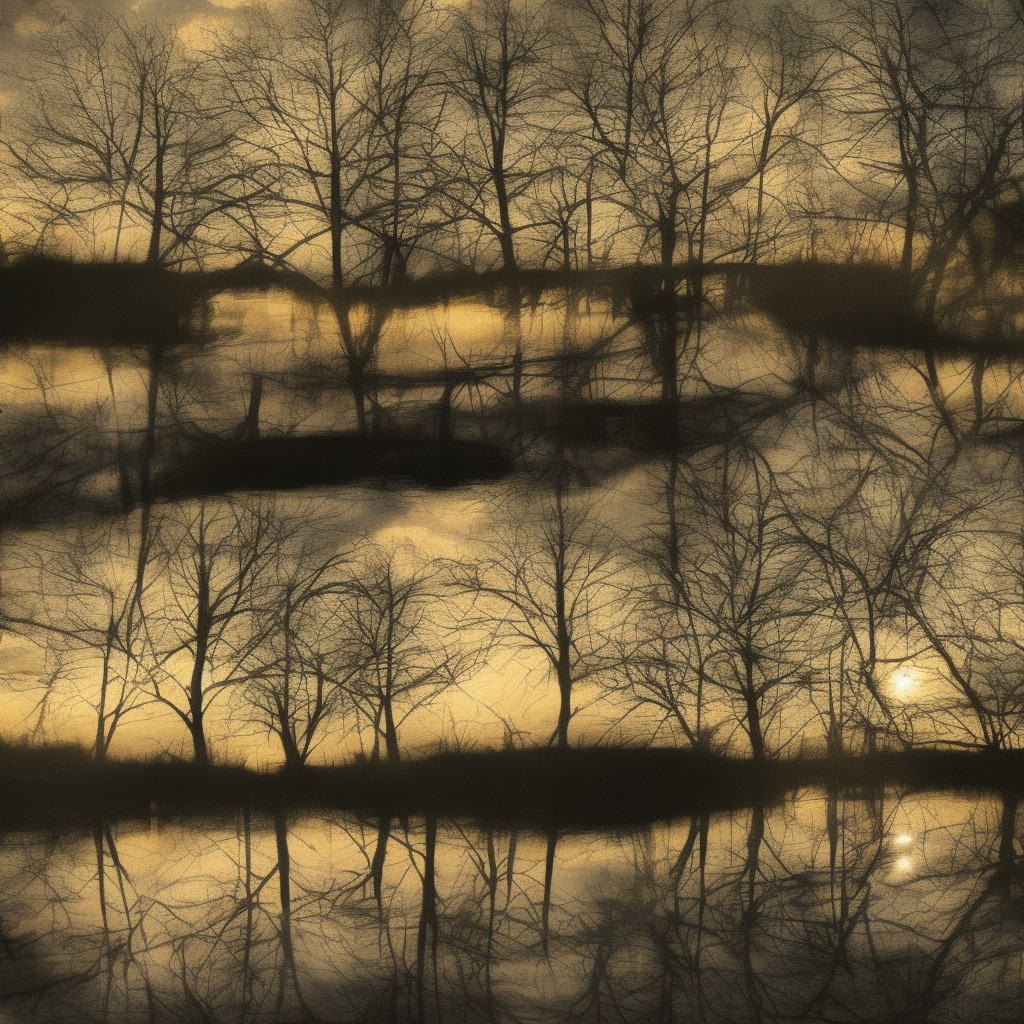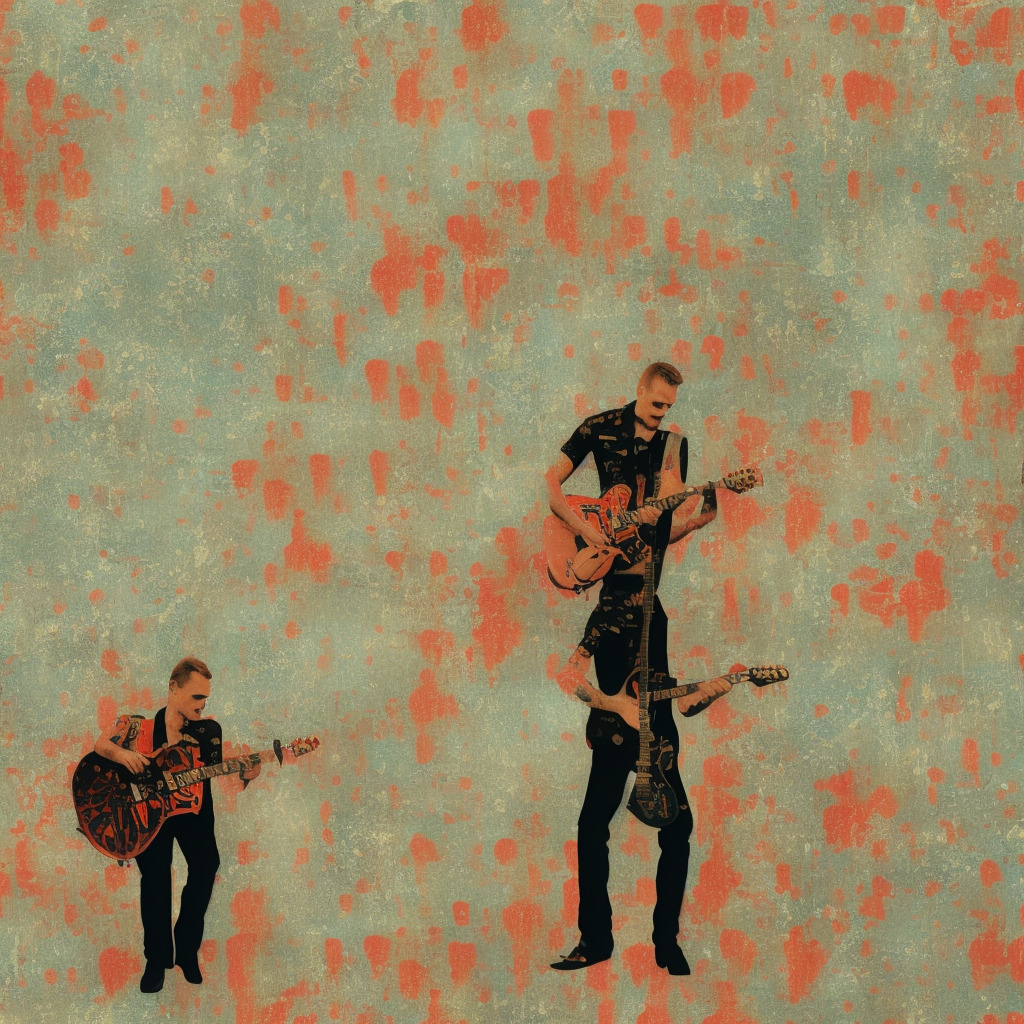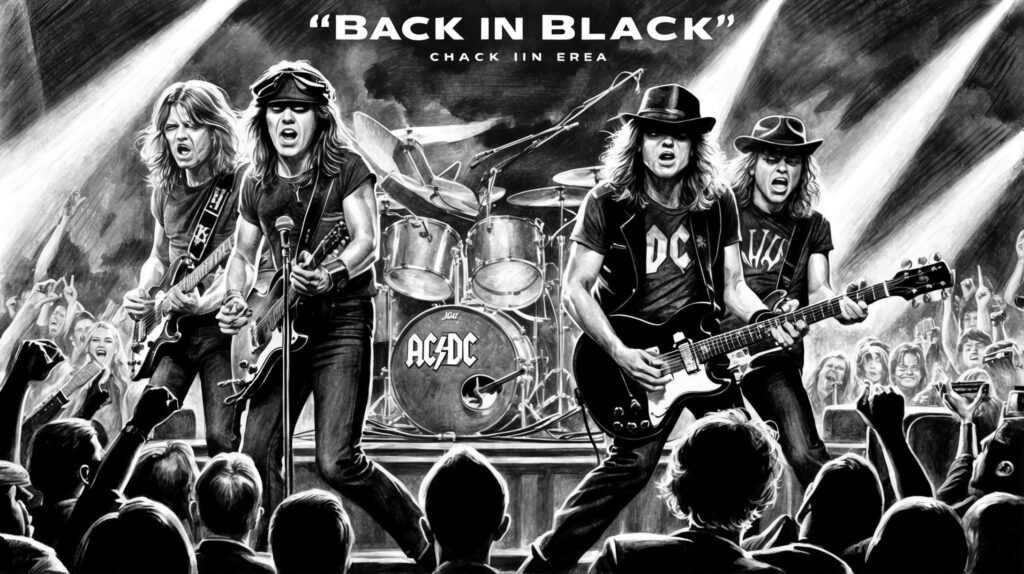Welcome to a musical odyssey that transcends the boundaries of progressive rock to embrace the mystical allure of the desert. In this exploration, we delve into Camel’s “Rajaz,” an album that not only showcases the band’s instrumental prowess but also serves as a conduit to a world where music and nature intertwine in perfect harmony.
At the heart of “Rajaz” lies an inspiration drawn from ancient Arabic poetry, encapsulating the rhythm and spirit of caravan travels through vast deserts. The title track, a masterpiece of musical storytelling, embodies the essence of these journeys, with its rhythmic patterns mirroring the steady pace of camels across the sandy expanse. The album, inspired by the mystical form of musical poetry known as ‘Rajaz,’ takes listeners on a nomadic voyage, blending the traditional with the contemporary to create a soundscape that is both ethereal and grounding.
“Rajaz” is more than just an album; it’s an invitation to pause, reflect, and connect. Its lyrics evoke images of gathering around a desert campfire, sharing tales of love and loss under the starlit sky. The music, rich with the haunting melodies of Andrew Latimer’s guitar and the subtle textures of keyboards and flutes, creates an atmosphere of introspection and communal solace. It’s a reminder that in the vastness of the desert, or life itself, we find meaning through our connections with others and the stories we share.
The Mirage of Sound: Camel’s “Rajaz
Exploring the creation, significance, and legacy of Camel’s “Rajaz,” this section delves into the band’s innovative fusion of Arabic musical poetry with progressive rock, highlighting Andrew Latimer’s evocative guitar work and the album’s role in Camel’s illustrious career.
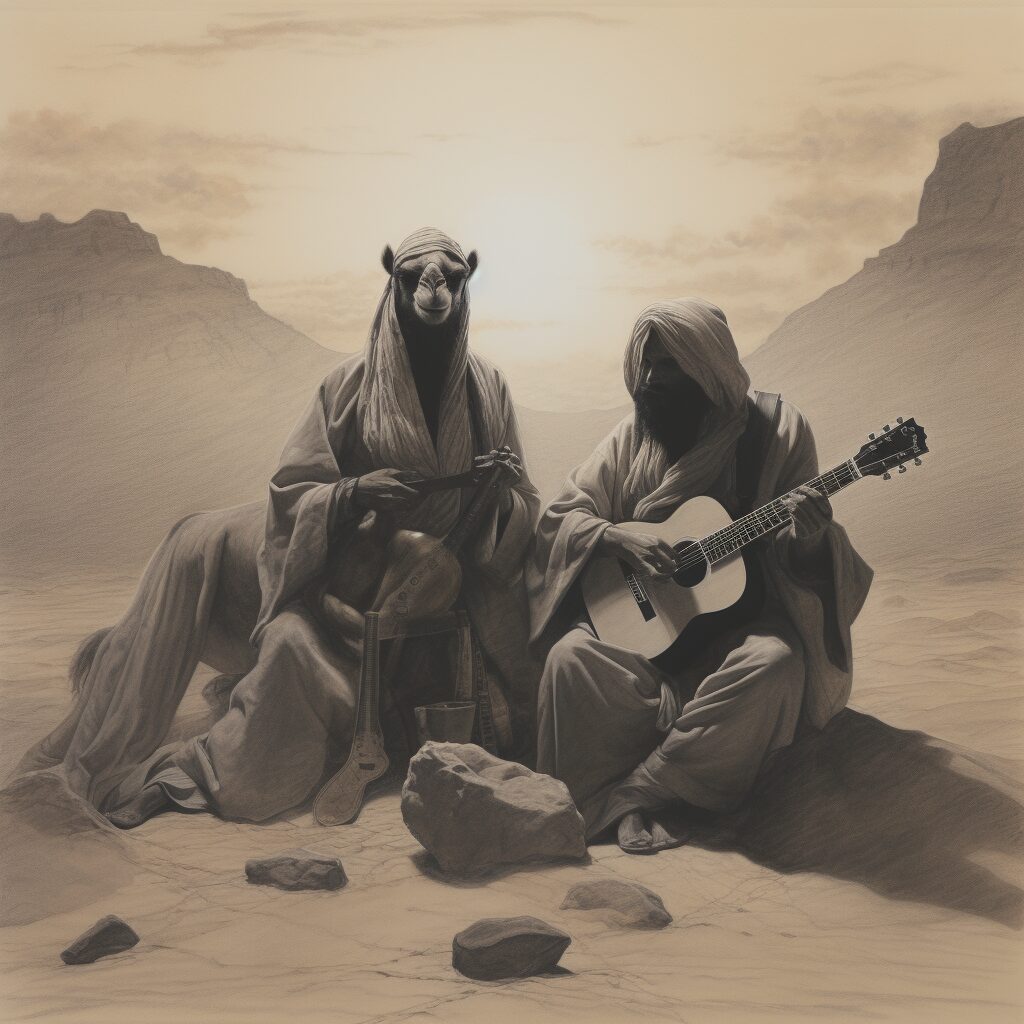 Significance in Career:
Significance in Career:
“Rajaz,” an album by the progressive rock band Camel, stands as a distinct chapter in their storied career. Influenced by the Arabic musical poetry of the same name, this work transports listeners to the vast deserts, echoing the rhythm of camel footsteps. The album, inspired by a blend of world music and the band’s signature progressive rock, showcases Andrew Latimer’s mastery over his guitar, reminiscent of David Gilmour’s style, yet unique in its emotional depth and melodic brilliance.
Formation and Evolution:
Camel, formed in 1971, carved a niche within the progressive rock scene with their instrumental prowess and conceptual albums. The band’s journey from their breakthrough album “The Snow Goose” to “Rajaz” reflects a rich tapestry of musical exploration and lineup changes, with Andrew Latimer’s consistent presence as a guiding force. The band’s ability to weave intricate musical narratives, often with minimal vocals, allowed listeners to immerse themselves in the expansive soundscapes they created.
Collaboration and Creative Process:
The creation of “Rajaz” was serendipitous, stemming from Latimer’s exposure to the concept of Rajaz through bandmate Colin Bass. This period of the band’s history was marked by collaborative exploration, drawing from diverse musical traditions to craft an album that was both a nod to their progressive rock roots and an embrace of new influences. The instrumental nature of the album, highlighted by Latimer’s multifaceted musicianship on the guitar, flute, and keyboards, underscores the band’s collaborative spirit and creative agility.
Echoes of the Desert: The Recognition of “Rajaz
“Rajaz” by Camel, with its unique fusion of progressive rock and Arabic musical elements, may not have garnered mainstream awards, but its critical acclaim and influence within the prog rock community highlight its significance. A masterpiece of musical storytelling, it remains an unsung hero in the vast landscape of progressive rock.
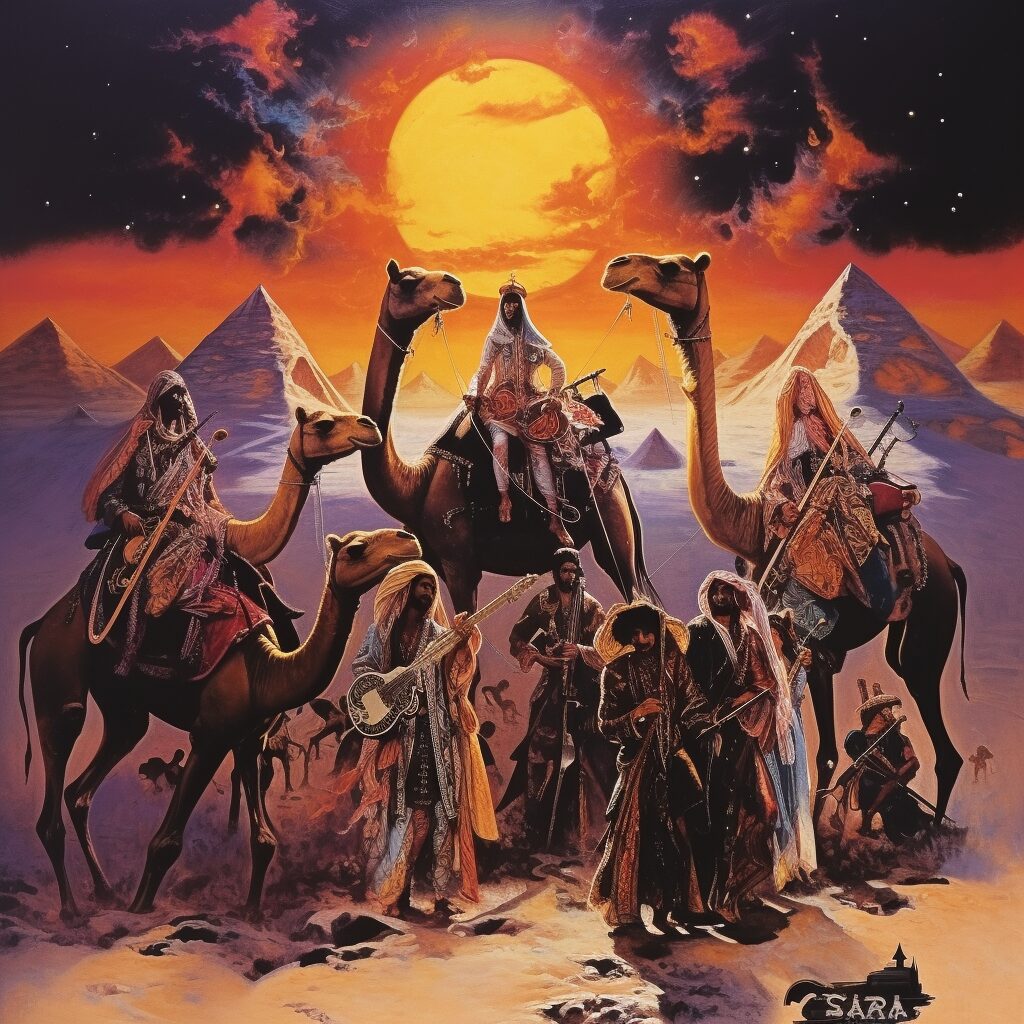 While “Rajaz” by Camel may not have swept the boards at major award ceremonies, its unique blend of progressive rock with Arabic musical influences has earned it a special place in the hearts of prog rock aficionados. This album’s journey, inspired by the ancient Arabic poetry form and the rhythmic patterns of camel footsteps in the desert, represents a musical odyssey that has been critically acclaimed for its innovative soundscapes and intricate compositions.
While “Rajaz” by Camel may not have swept the boards at major award ceremonies, its unique blend of progressive rock with Arabic musical influences has earned it a special place in the hearts of prog rock aficionados. This album’s journey, inspired by the ancient Arabic poetry form and the rhythmic patterns of camel footsteps in the desert, represents a musical odyssey that has been critically acclaimed for its innovative soundscapes and intricate compositions.
Though “Rajaz” might not boast a wide array of covers by other artists, the album’s influence is felt deeply within the progressive rock community. Its tracks, characterized by their evocative melodies and complex structures, invite a deep appreciation rather than simple replication, making it a revered piece among musicians and listeners who value the artistry of progressive music.
“Rajaz” has not explicitly been featured in movies, TV shows, or video games, but its thematic essence and atmospheric depth make it a perfect candidate for immersive soundtracks that seek to convey a sense of journey or exploration. The album’s ability to transport listeners to the vastness of the desert through sound is a remarkable feat that underscores its potential for cinematic applications.
Visual Echoes in the Desert: The Imaginative Landscape of “Rajaz
Exploring the absence of a traditional music video for Camel’s ‘Rajaz,’ this section delves into the song’s live performances and the imaginative landscape they evoke, mirroring the desert’s vastness and the song’s Arabian poetry influences.
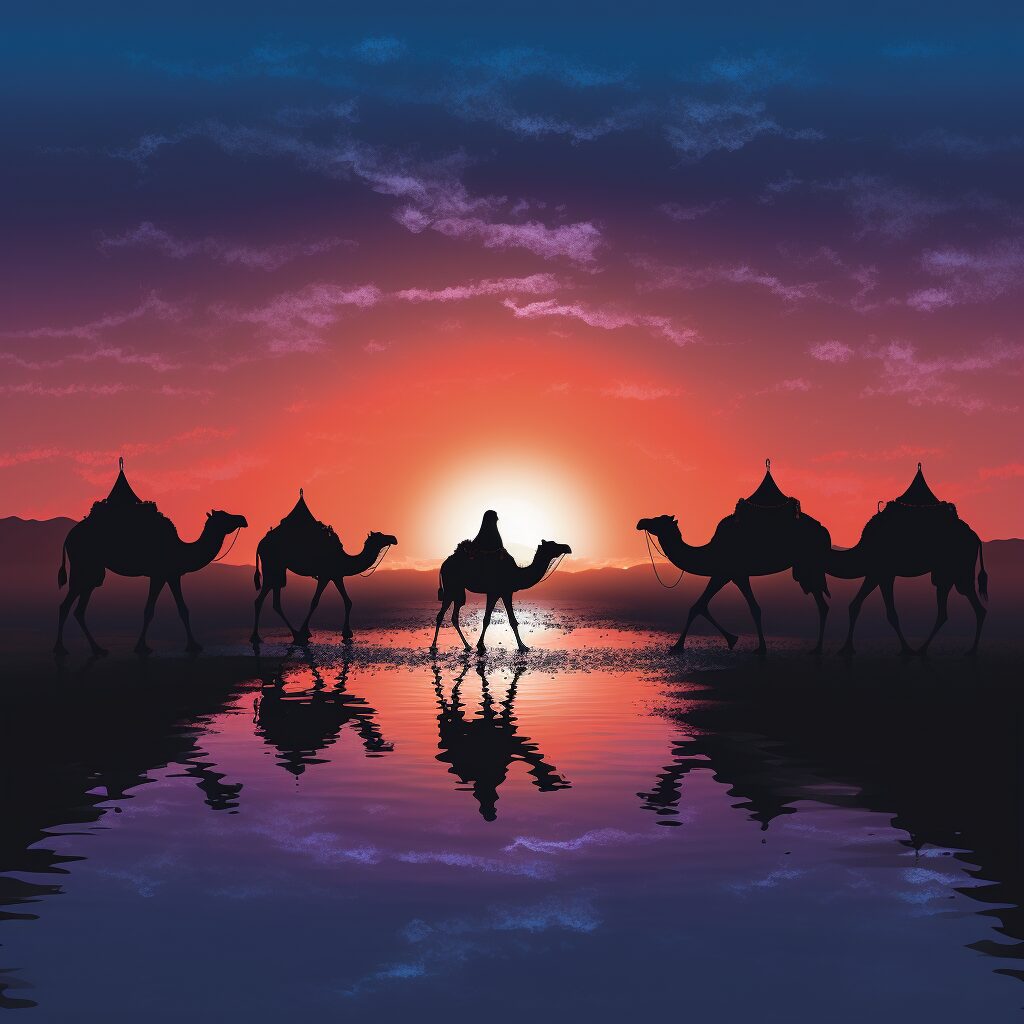 A Mirage of Sound and Vision
A Mirage of Sound and Vision
“Rajaz” by Camel, a song steeped in the mystique of Arabian musical poetry, is a captivating auditory journey that evokes the vastness and beauty of the desert. Though a traditional music video in the commercial sense does not accompany this track, the live performances and the thematic essence of the song itself paint a vivid picture, immersing listeners in an evocative, sensory experience.
Camel’s live renditions of “Rajaz” have become the visual counterpart to its auditory splendor. The performances are known for their ability to transport audiences to the heart of the desert, with the stage becoming a canvas for the song’s profound narrative. The use of lighting and stage design in these performances often mirrors the shifting sands and the enchanting night sky of a desert, enhancing the song’s thematic depth.
The song’s thematic focus on “Rajaz,” a form of Arabic musical poetry, is brilliantly encapsulated in Camel’s live presentations. The band, led by Andrew Latimer’s emotive guitar work, conjures images of ancient camel caravans traversing the desert. The music’s ebb and flow mimic the steady, hypnotic pace of a camel’s stride, a rhythm that is both calming and invigorating.
In the absence of an official music video, fans and enthusiasts have taken to creating their own visual interpretations of “Rajaz.” These fan-made videos and live performance recordings circulating online serve as a testament to the song’s powerful imagery and its ability to inspire creativity. Each interpretation is a personal journey through the desert, guided by the song’s melodic contours.
“Rajaz” stands as a unique piece within Camel’s repertoire, one that does not rely on a conventional music video to convey its message. Instead, it uses the power of live performance and the collective imagination of its listeners to create a visual experience that is as boundless as the desert it celebrates. In the absence of a singular visual narrative, “Rajaz” becomes a canvas for individual interpretation, inviting listeners to explore their own inner landscapes inspired by the haunting melodies and rhythms of Camel’s masterpiece.
Charting the Sands: The Journey of “Rajaz” by Camel
Charting a unique course, “Rajaz” by Camel ventured into the independent music charts, peaking at #32. Its critical reception was warmly positive, with the album and its tracks, especially the eponymous “Rajaz,” receiving commendations for their intricate compositions and emotive storytelling, reinforcing Camel’s legacy in progressive rock.
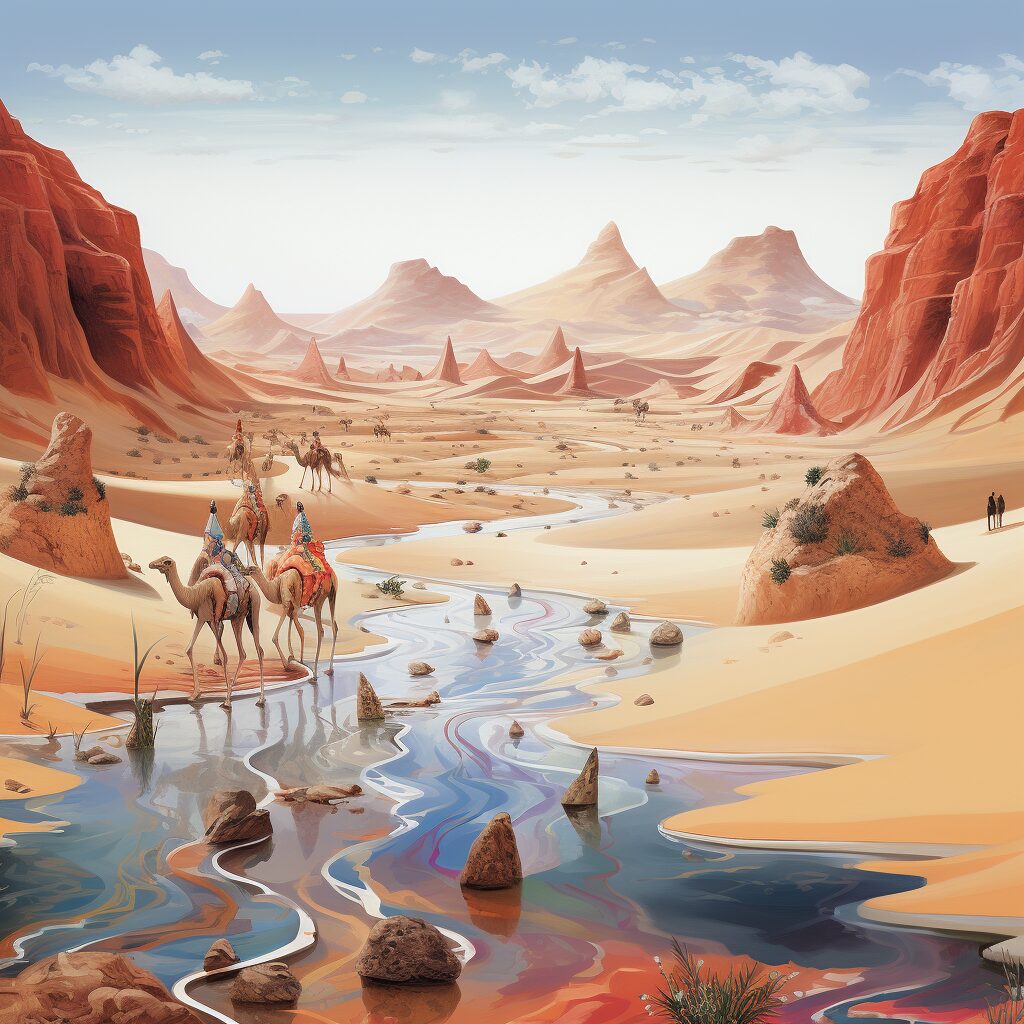 “Rajaz,” an evocative piece by Camel, found its oasis within the charts, albeit in a niche territory. The album, encapsulating the spirit of its title track, marked its presence on the Official Independent Albums Chart, peaking at a commendable 32nd position as of October 23, 1999. This placement, while not soaring into mainstream heights, highlighted the album’s warm reception within the independent music scene, offering a glimpse into its dedicated audience and the band’s enduring legacy.
“Rajaz,” an evocative piece by Camel, found its oasis within the charts, albeit in a niche territory. The album, encapsulating the spirit of its title track, marked its presence on the Official Independent Albums Chart, peaking at a commendable 32nd position as of October 23, 1999. This placement, while not soaring into mainstream heights, highlighted the album’s warm reception within the independent music scene, offering a glimpse into its dedicated audience and the band’s enduring legacy.
Beyond the numbers, “Rajaz” resonated with listeners and critics alike, amassing an average rating of 76/100 across various reviews, a testament to its well-received nature in the musical community. Tracks like “Three Wishes” and “Lost and Found” contributed to this harmonic acclaim, with the titular “Rajaz” standing out with an impressive rating of 84/100, underscoring the track’s profound impact and the album’s cohesive artistry.
Within the grand tapestry of Camel’s discography, “Rajaz” emerges as a significant thread, weaving together the band’s progressive roots with innovative storytelling. This chart performance, though modest, symbolized a broader narrative of a band unafraid to explore and express, carving out a distinct niche in the vast desert of the music industry. It wasn’t just a chart entry; it was a statement of Camel’s enduring relevance and artistic integrity.
and darkness takes it’s place…
We will pause to take our rest.
Sharing song of love,
tales of tragedy.The souls of heaven
are stars at night.
They will guide us on our way,
until we meet again
another day.
When a poet sings the song and all are hypnotized,
enchanted by the sound…
We will mark the time as one,
tandem in the sun.
The rhythm of a hymn.
The souls of heaven
are stars at night.
They will guide us on our way,
until we meet again
another day.
When the dawn has come
sing the song,
all day long.
We will move as one,
bear the load
on the road.
The souls of heaven
turn to stars
every single night
all across the sky…
they shine.
Whispers of the Desert: Unraveling the Lyrics of Camel’s “Rajaz
Delve into the lyrical odyssey of Camel’s “Rajaz,” where ancient poetry and personal tales merge in a soul-stirring musical journey.
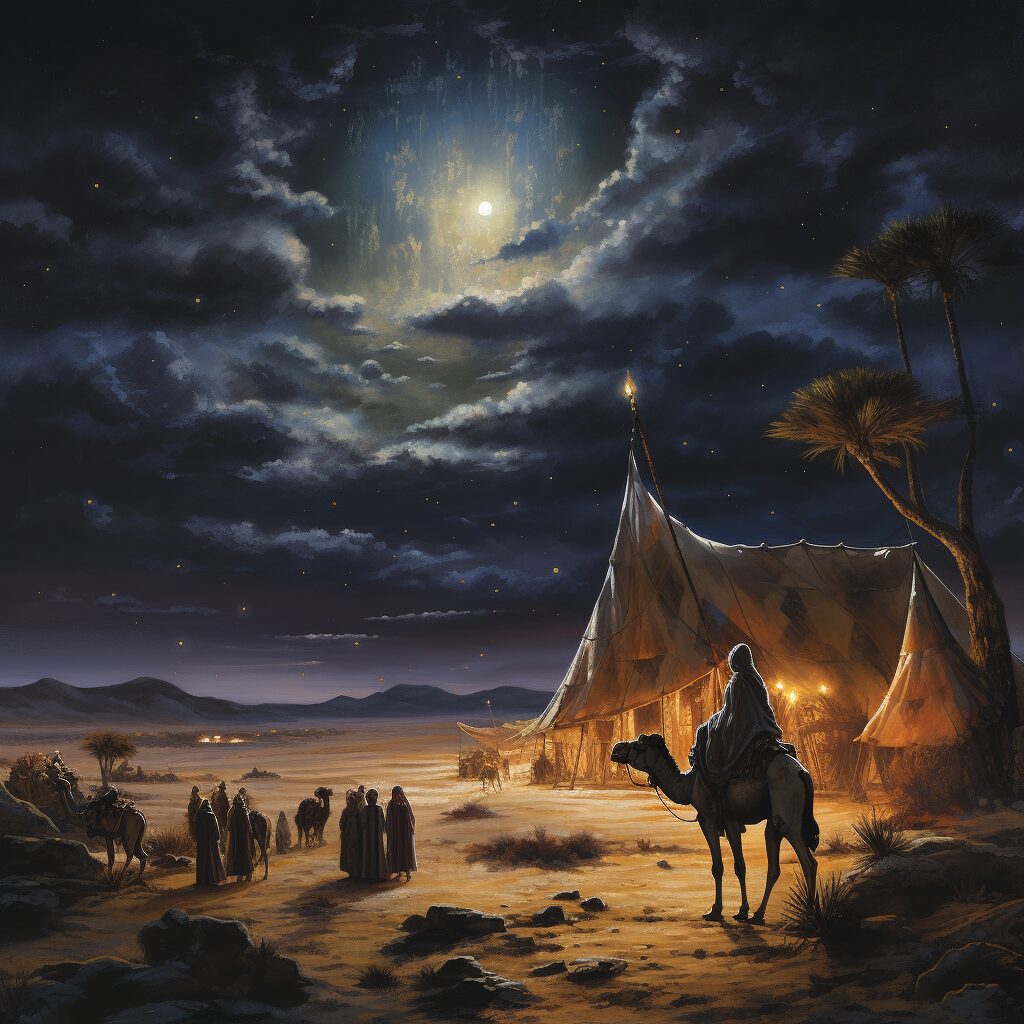 “Rajaz” by Camel is not just a song; it’s an odyssey. The lyrics, rich with imagery and emotion, invite us on a journey through vast landscapes and deep introspections. At its core, “Rajaz” is a meditation on the transient nature of life, the constant ebb and flow of joy and sorrow, light and darkness. The song’s narrative, grounded in the tradition of Arabic musical poetry, weaves a tale that is both personal and universal.
“Rajaz” by Camel is not just a song; it’s an odyssey. The lyrics, rich with imagery and emotion, invite us on a journey through vast landscapes and deep introspections. At its core, “Rajaz” is a meditation on the transient nature of life, the constant ebb and flow of joy and sorrow, light and darkness. The song’s narrative, grounded in the tradition of Arabic musical poetry, weaves a tale that is both personal and universal.
The opening lines set the scene in a desert at twilight, a time of transition from day to night, symbolizing life’s inevitable changes. This backdrop serves as a canvas for stories of love and tragedy, shared under the watchful eyes of the “souls of heaven” – the stars guiding us through life’s journey. The reference to souls as celestial bodies draws a parallel between the earthly and the divine, suggesting a connection that transcends the physical realm.
The influence of Arabic musical poetry, particularly the Rajaz meter, is evident in the song’s structure and rhythm, mirroring the cadence of a camel’s footsteps across the desert sands. This ancient poetic form, used by caravans as a means of expression and entertainment during long journeys, imbues the song with a sense of timelessness and continuity. The lyrics evoke a world where music and poetry serve as a universal language, bridging gaps between cultures and eras.
When placed alongside other works by Camel, “Rajaz” stands out for its deep-rooted connection to cultural traditions and its exploration of universal themes through personal storytelling. The song’s introspective nature and the use of world music elements distinguish it from the band’s other compositions, highlighting the unique place “Rajaz” occupies within Camel’s discography.
The song’s references to the desert, the stars, and the ancient practice of Rajaz poetry connect it to a broader cultural and historical context. These elements not only add depth to the lyrics but also invite listeners to explore the rich tapestry of human expression across time and space. The cultural and social references in “Rajaz” serve as a reminder of music’s power to transcend boundaries and to connect us to our shared humanity.
“Rajaz” resonates with listeners on an emotional level, evoking feelings of nostalgia, contemplation, and a sense of belonging. The song’s ability to capture the essence of the human experience, with its highs and lows, makes it relatable to a wide audience. Its success lies in its capacity to touch the soul, to provide solace, and to remind us of the beauty and complexity of life.
In analyzing the lyrics of “Rajaz,” we uncover a world where music and words intertwine to tell stories of the human condition. The song’s rich thematic content, grounded in cultural traditions and personal reflections, offers a window into the soul of Camel as artists and storytellers. “Rajaz” is more than just a song; it is a journey through the heart of music’s transformative power.
Unraveling the Essence
“Rajaz” by Camel is a musical journey that intertwines symphonic prog elements with Middle Eastern melodies, evoking the vast desert landscape and capturing the essence of a caravan’s rhythmic trek.
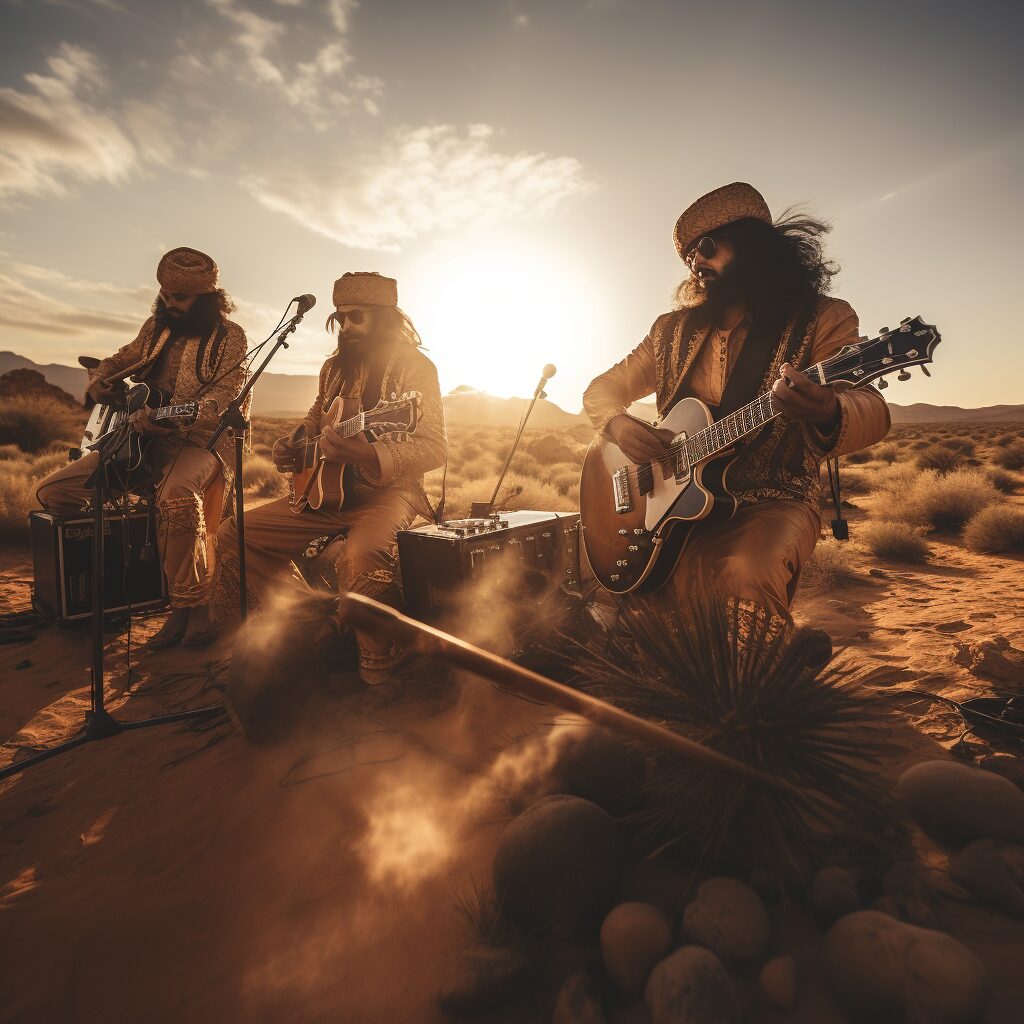 Unraveling the Essence
Unraveling the Essence
“Rajaz” by Camel stands as a profound musical exploration, distinguished by its seamless blend of symphonic prog elements and mesmerizing arabesque melodies. At the heart of this piece lies a confluence of intricate guitar work, atmospheric keyboards, and rhythmic precision that collectively evoke the vast expanse of the desert landscape that inspired the album.
Harmonic Sands and Rhythmic Dunes
The song’s structure is a testament to Camel’s ability to weave narrative and melody, with the eponymous track “Rajaz” embodying the rhythmic cadence akin to the steady gait of a camel traversing the desert. This is not just a musical piece but a journey through soundscapes, where each instrument contributes to painting a vivid picture of solitude and endurance in the vast, open desert.
A Symphony of Cultures
At its core, “Rajaz” showcases a fusion of Western progressive rock with Middle Eastern musical motifs, creating a unique sound palette. The album’s standout, the title track, encapsulates this blend through its slow, deliberate rhythm that allows listeners to immerse themselves in the imagined solitude of desert travelers. This integration is further enriched by the diverse instrumental lineup, including Latimer’s expressive guitar, Scherpenzeel’s atmospheric keyboards, and the addition of cello, which adds a layer of depth and emotion to the composition.
The Musical Journey of Andrew Latimer
Andrew Latimer’s exploration of Arabic musical poetry, Rajaz, shapes the composition of Camel’s album, blending progressive rock with traditional influences.
 Andrew Latimer, Camel’s front man, found inspiration for ‘Rajaz’ in the ancient art of Arabic musical poetry, also known as Rajaz. This form, rooted in the rhythm of camel footsteps through the desert, intrigued Latimer and shaped the album’s composition. Latimer’s exploration was sparked by Colin Bass, Camel’s bassist, who was deeply involved in the world music scene, leading to a blend of progressive rock with traditional Arabic influences.
Andrew Latimer, Camel’s front man, found inspiration for ‘Rajaz’ in the ancient art of Arabic musical poetry, also known as Rajaz. This form, rooted in the rhythm of camel footsteps through the desert, intrigued Latimer and shaped the album’s composition. Latimer’s exploration was sparked by Colin Bass, Camel’s bassist, who was deeply involved in the world music scene, leading to a blend of progressive rock with traditional Arabic influences.
Latimer’s approach to the album was a blend of Camel’s signature sound with the unique rhythmic patterns of Rajaz, creating tracks that evoke the spirit of a nomadic journey. This innovative fusion highlights Latimer’s compositional skills and his ability to draw from diverse musical traditions.
The album ‘Rajaz’ stands as a testament to Latimer’s creative genius, seamlessly integrating the essence of traditional Arabic poetry with the band’s progressive rock foundation. This composition not only showcases Latimer’s musical versatility but also pays homage to a rich cultural heritage, making it a distinctive entry in Camel’s discography.
? Dive into the heart of the desert with Camel’s Rajaz – a musical odyssey inspired by ancient Arabic poetry. This album isn’t just a listen; it’s a journey across vast sands, guided by the rhythm of camel footsteps. ?✨ Embrace the fusion of progressive rock and mystical Eastern melodies. Ready for a nomadic voyage beyond the boundaries of sound? ? #Camel #Rajaz #ProgRockOdyssey
“`

